The Rise Of Young Talent
We live in a wonderful time. Easier access to education and information has facilitated the development of unimaginable amounts of young talent. I-M has selected two artists from very different backgrounds who have devoted themselves to very different fields to be featured in this issue. We hope you find them as inspiring as we do.
As a kid, Filip was told by a teacher that drawing wouldn’t take him anywhere because “art has not tangible value, Filip”. Well, at the tender age of 26, he is already an internationally recognized artist and winner of the Best Work in Silver at the Gilded Youth Project Awards organized by the Royal College of Art.
Soft-spoken, humble, and terribly likable, Filip Palmén was born in Southern Sweden in 1990 and raised in the countryside. His grandfather was an engineer but also a painter. Filip has an easy smile, which he displays when sharing with us some of those memories: “He could make a realistic drawing of anything you’d ask him for. I used to ask him to draw something and I’d watch him, then I’d take his drawing, trace it and add things myself. I’ve always been allowed my artistic side, I’ve been encouraged from home, but I think the environment outside my home hasn’t been as accepting. I studied really hard and got top grades in high-school, just because I was convinced by school that if you didn’t you wouldn’t be able to make anything of yourself. A teacher once caught me sketching in physics class in secondary high-school and he made an example of me in front of the class. “Drawing won’t get you anywhere!” he said and convinced us all that art doesn’t have any tangible value. I wish he could see where my drawing has taken me. I wish I could tell my grandfather”.
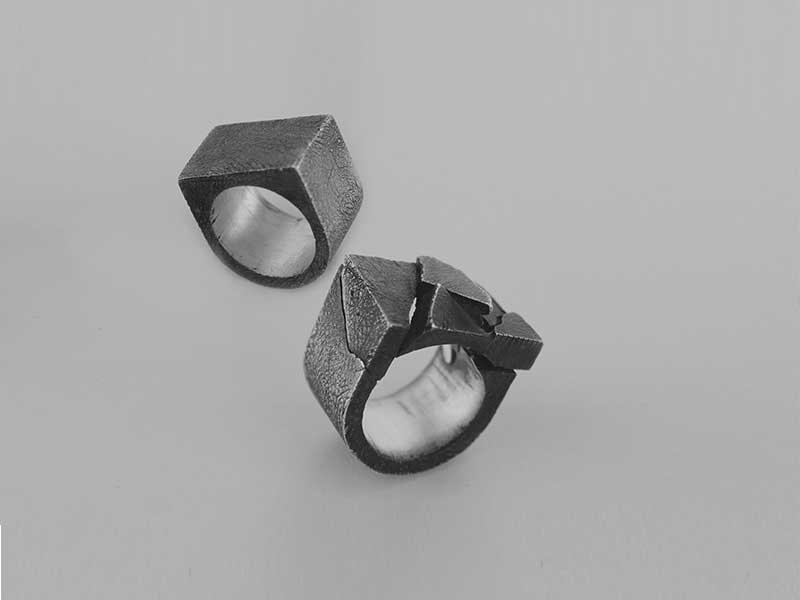
Filip Palmén spent a year in Japan as an exchange student in his teens. It was after his return to Sweden that he felt an urge to devote himself and pursue his dreams to become an artist. Over the years, he has studied art forms that somehow relate to the body, the main motivation being able to create something that can be worn. He chose to do an MA degree in jewellery at the Royal College of Art in London, to utilize the medium’s ability to connect sculpture to the body. Now graduated, Filip is working multidisciplinary in his studio in Stockholm to launch his next jewellery project.
Palmén’s aesthetic has changed from literal to more figurative over the past few years, and this has come with a bigger emphasis on presentation. By combining analogue with digital techniques, he creates a virtual imagery to realize his ideas. The jewellery is all made by Filip from very traditional means: carving, casting, soldering and welding, while the pieces themselves tend to be more expressional than classical fine jewellery.
He explains,
“It’s about charging the jewellery with value, turning it into more than adornment and providing the wearer with a deeper connection.”
By exploiting the lesser boundaries of virtual reality he is allowed to not only expand on, but to visualize his inner world to the viewer. Palmén aims to continue making jewellery pieces that are tied into his augmented reality using sculpture, additional music collaborations and videos.
Palmén explains: “I consciously distance myself from the spotlight shone on my creations. If I stand in the light right next to them the viewer is not given the same chance to see them for what they are or what I have meant them to be. I want my creations to exist without me in the picture, to let them appear in the same manner they do when I experience them in my head. It’s similar to how some musicians chose to hide their identities behind masks on stage when performing: they let the music speak for itself and they become the music rather than making their individual selves the main part of the show.”

When asked about other influences in his art he confesses to be strongly influenced by music, “I’ve always been greatly influenced by the music I listen to and this probably contributed to my take on artist v. individual. Obviously Kiss was doing this long ago, but to me Daft Punk and The Knife are more relevant. Actually, I’ve been listening to both since their first releases. Today I’m drawn to more obscure music. Some of the artists I follow even use symbols that can’t be typed on a keyboard just to make it harder to find them online. Visually I’ve always looked at classical sculptors like Rodin, but I am also very interested in contemporary sculptors that focus on the use of the body, such as Berlinde De Bruyckere or Anthony Gormley.”
“At the end of high-school I realized I couldn’t pursue a well paid job just for the sake of making money. I felt I had been suppressing myself and I wasn’t going to anymore. After high-school and a year of preparatory art-school, I did my BA in Konstfack in Stockholm. Immediately after that I started an MA at the Royal College of Art in London. I graduated in summer 2016”.
After the success of his first work, one may think he could have given himself sometime off and to look for new sources of inspiration; but Palmén is tenacious and tireless in his work, “The past half a year I’ve had an idea for a project, but wasn’t sure by what means or where I could make it reality. It is an extension and development of the ideas and techniques I have featured in my work in the past year. It’s based on the concept of overcoming suppression by overcoming oneself, seeing what forms bind us and how to break them. I am working on presenting this as a metaphorical journey inside the mind, so a lot of effort is being put into the presentation itself. At the moment I’m having discussions with my friend and sound producer SMNM, to make sure the audio resonates the narrative.
Things are definitely moving in the right direction for Filip Palmén. He has secured a studio for two years and signed a contract with another retailer. Long gone are the days of high school, where he didn’t fit and was made feel awkward and insecure. He points up how at that time his appearance became part of his individuality, a way to express himself. “I still use my appearance to differentiate myself from my surroundings, as a sort of reminder, and I do get reminders!: I’ll just put something on that
I think looks really smart and ride the bus. People will tell me I look weird, that I look awesome, that I look like a f*cking faggot or that my parents must regret having had me. But my parents regrette rien about me and the whole thing is actually more of a reminder to myself to not be afraid of showing who I am or what I feel. No one should, and I’d like to show people that with what I do”.









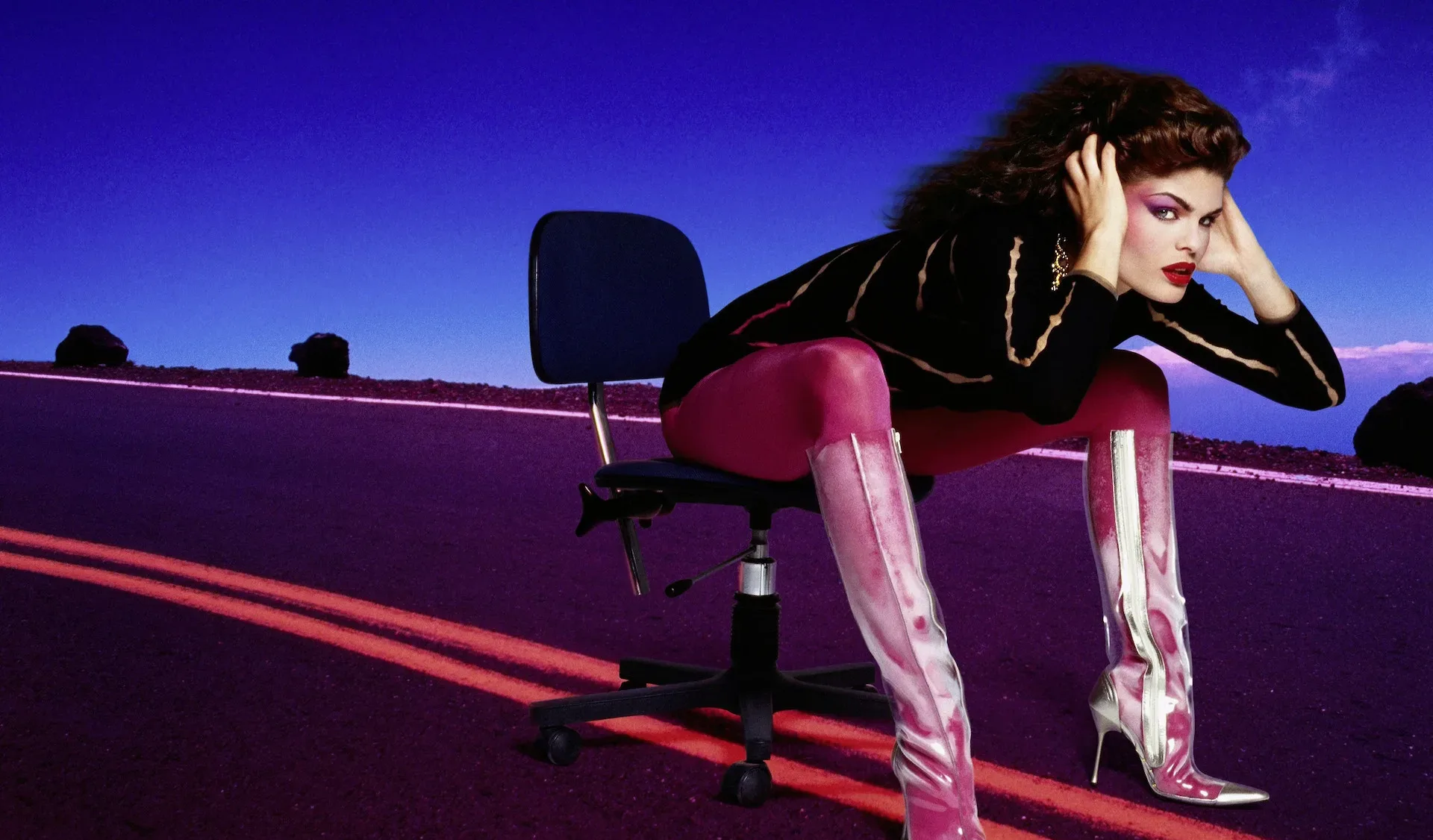
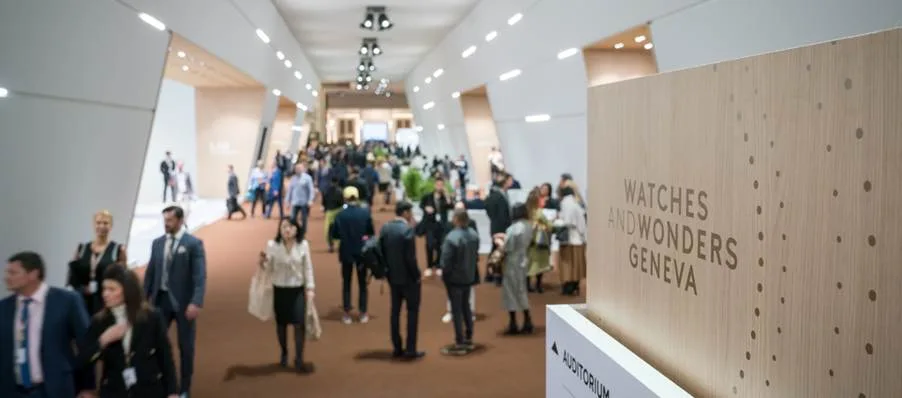
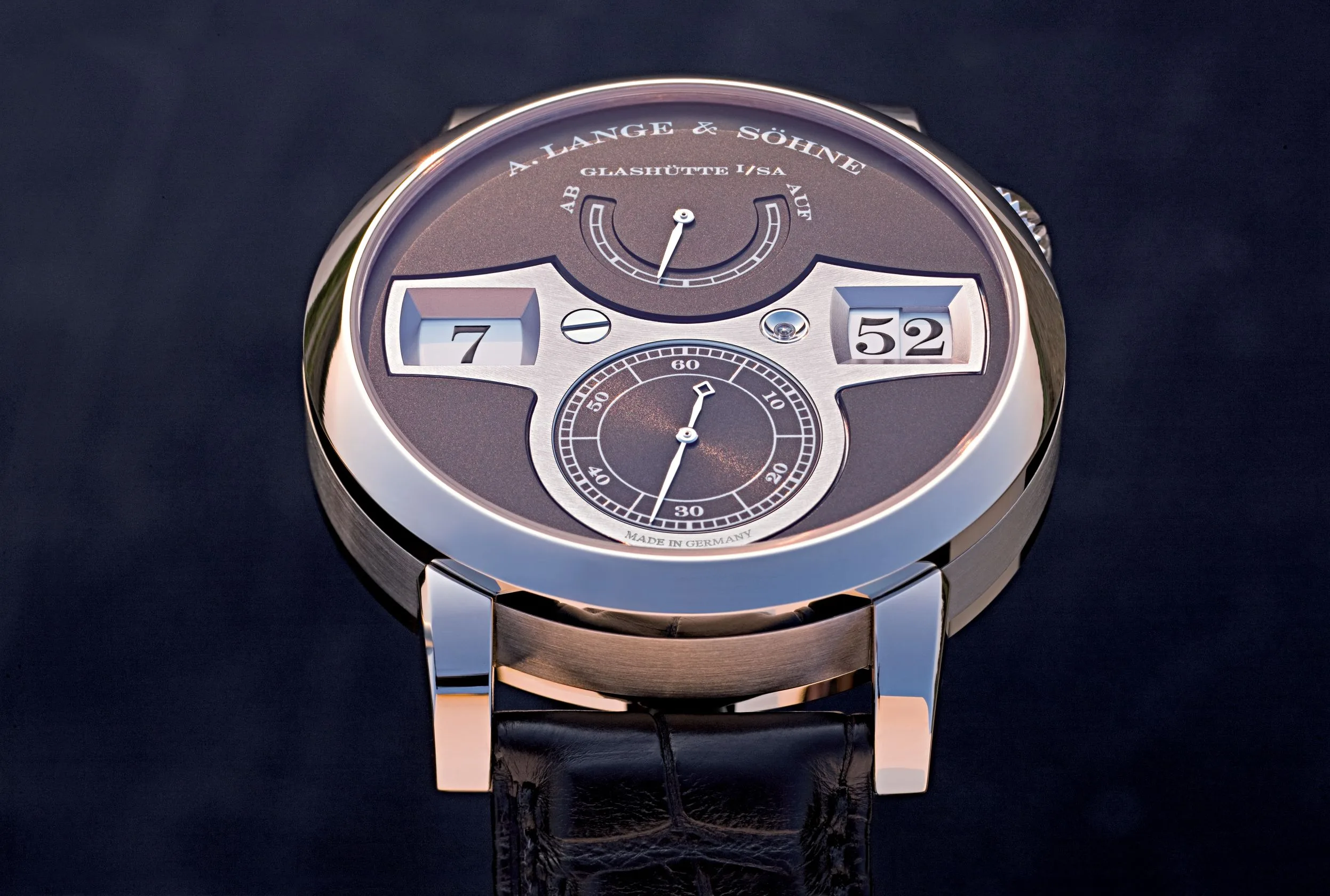
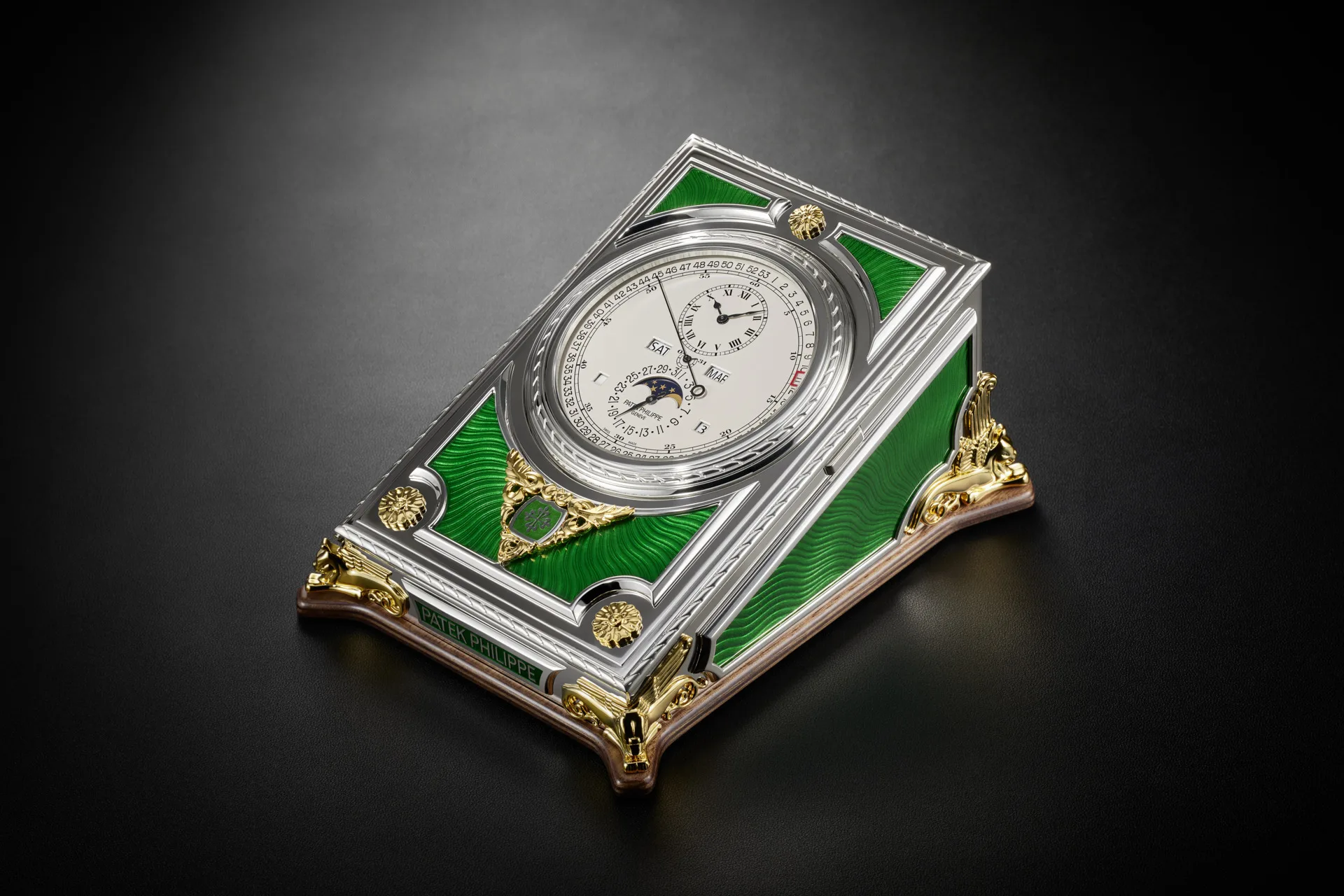




Show Comments +